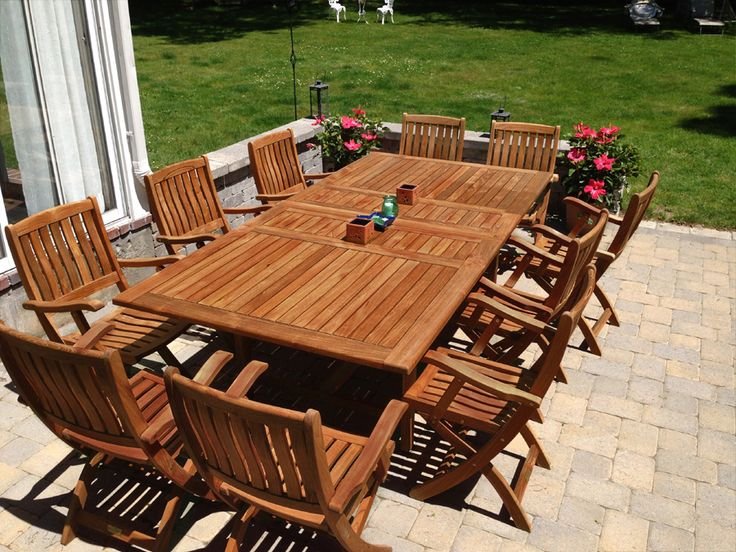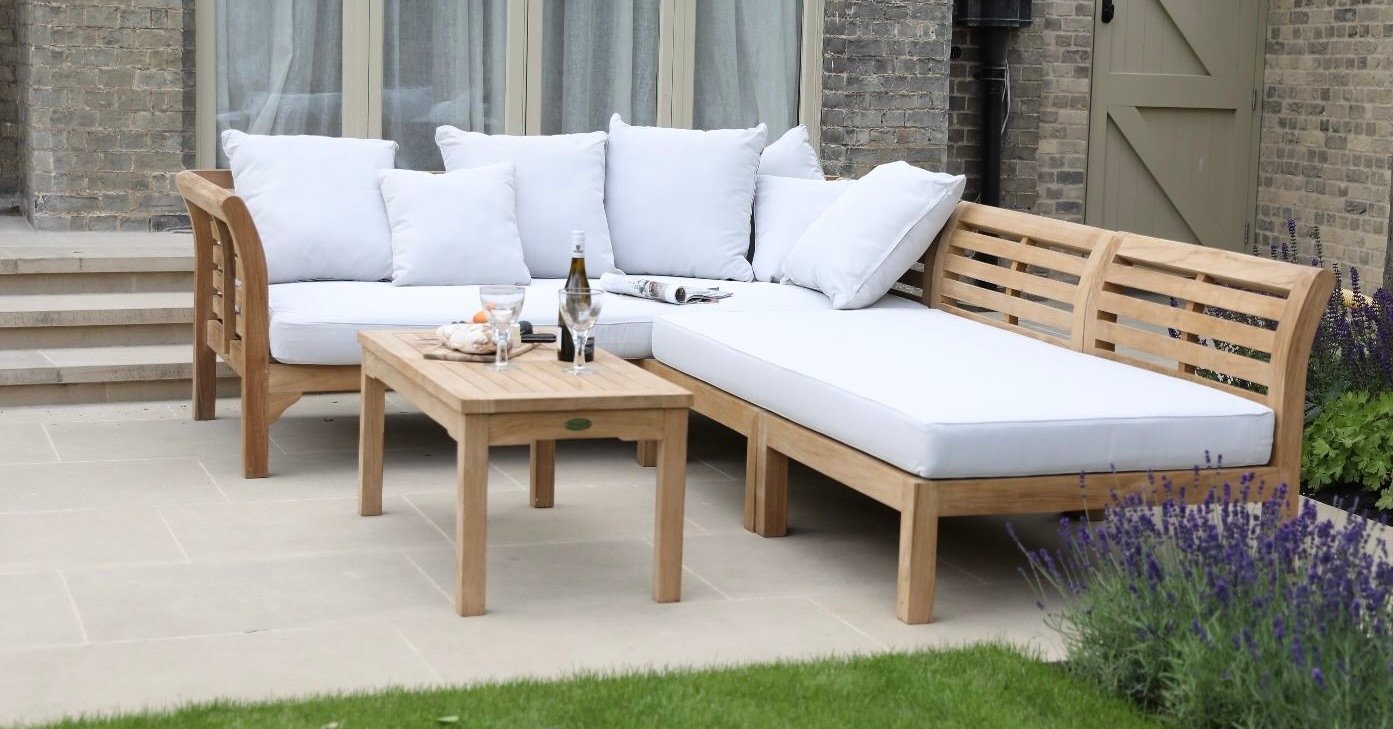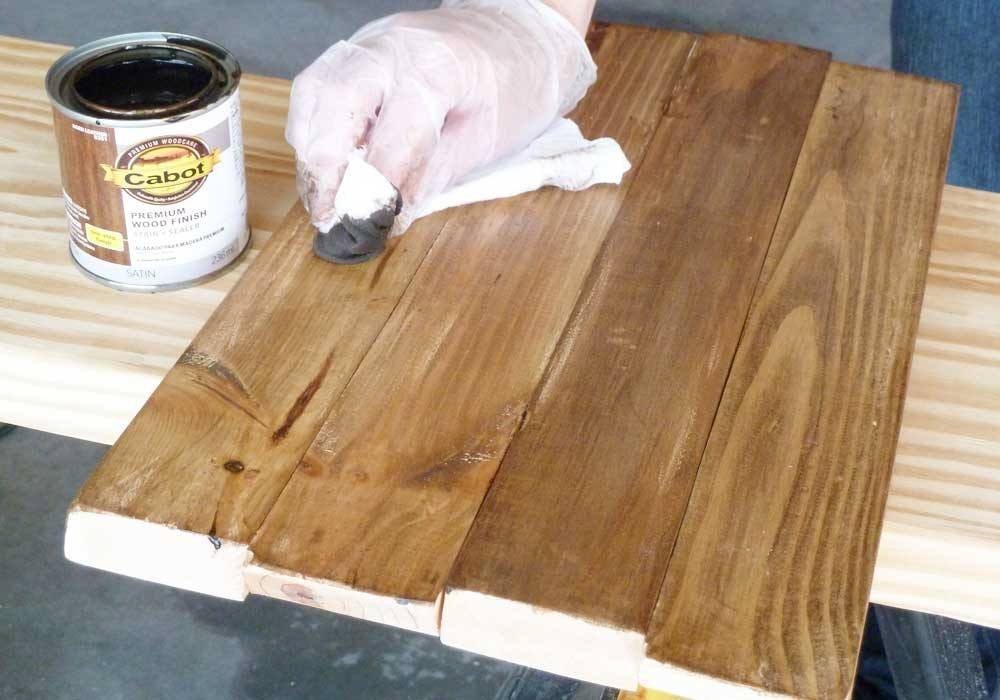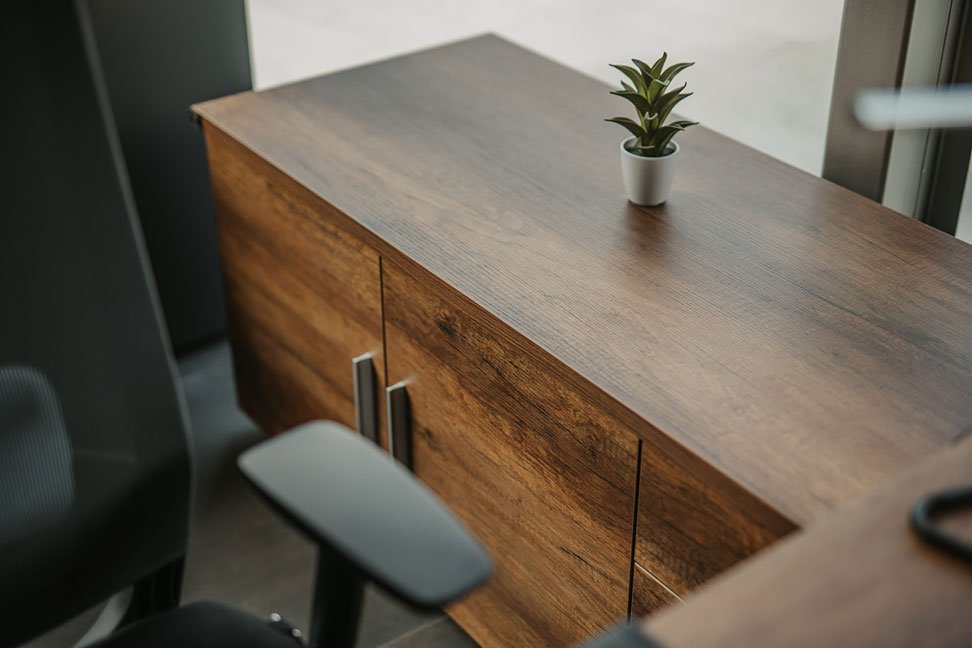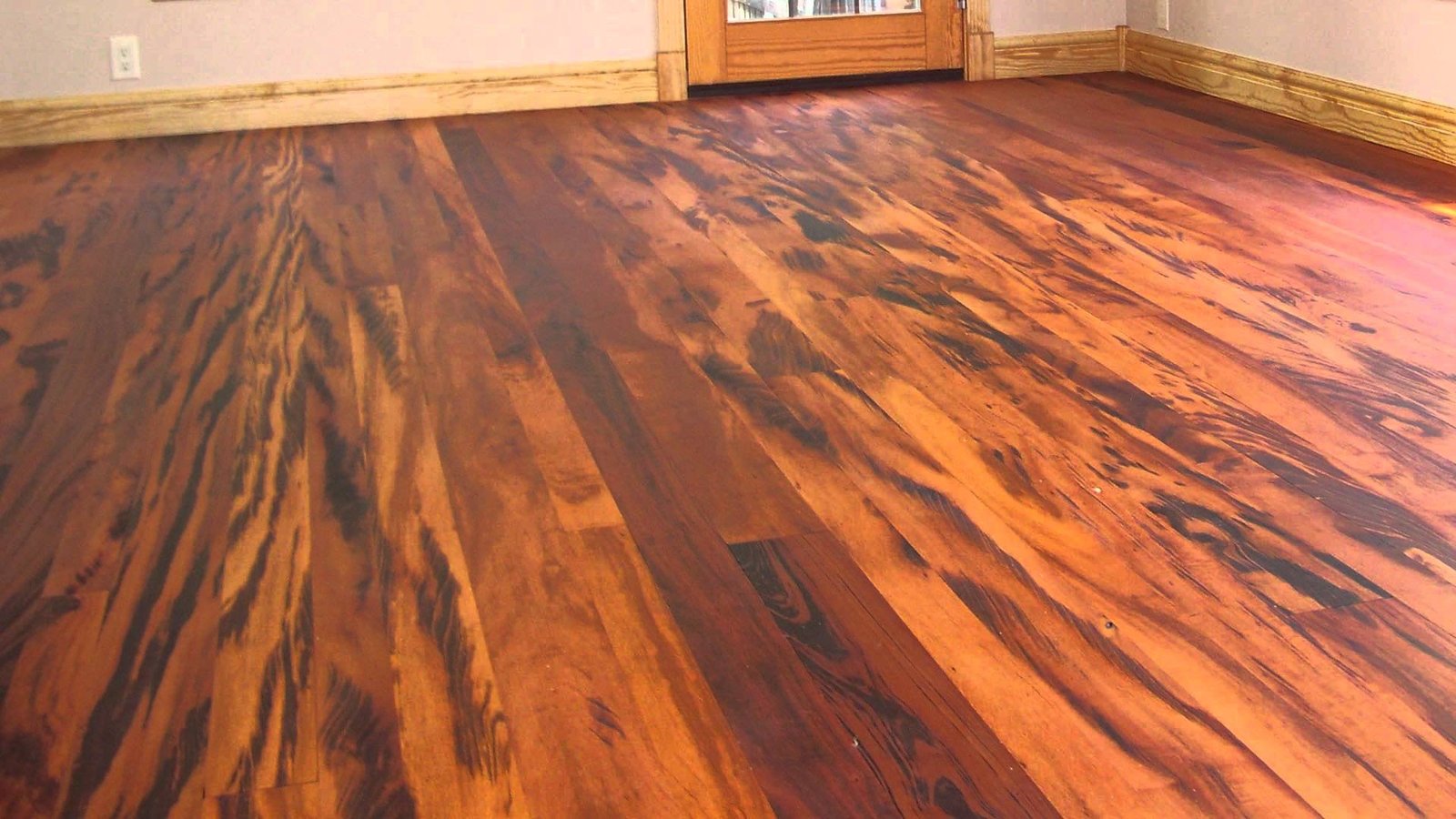Teak lumber is a premium choice for furniture due to its durability, water resistance, and timeless beauty. Whether you’re building custom furniture or buying ready-made pieces, choosing high-quality teak is essential to ensure that your furniture lasts for years. However, not all teak is created equal. In this guide, we’ll walk you through the key factors to consider when selecting the best teak lumber for furniture.
1. Look for Consistent Color
The color of teak lumber plays a big role in its overall appearance. While the shade can vary slightly, high-quality teak typically has a rich, golden-brown hue when freshly cut, which darkens over time to a beautiful silvery-gray patina. When shopping for teak, it’s important to look for consistency in color.
Key Color Indicators:
- Golden-brown or honey tones: Freshly cut teak usually has a warm, golden-brown color with slight variations in hue. Be cautious of teak with unnatural or overly consistent coloring, as it may be dyed or treated.
- Aging patina: Over time, high-quality teak will naturally develop a grayish patina. This doesn’t affect its quality, but if you prefer the original color, you can maintain it by applying teak oil.
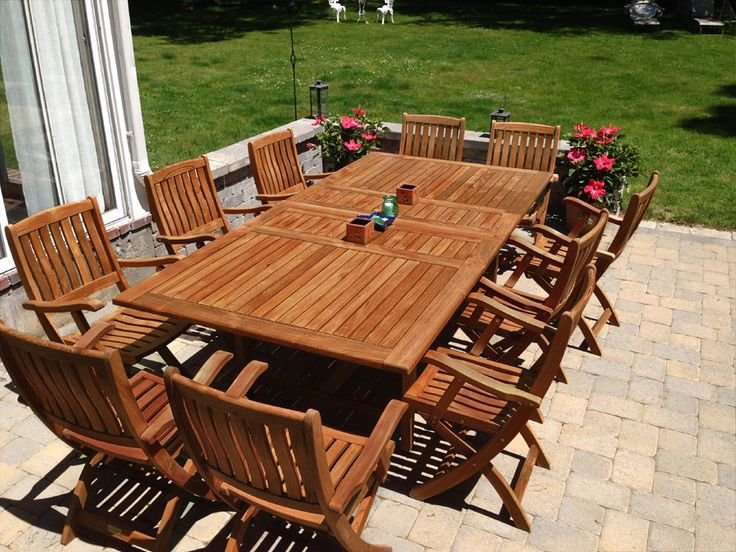
2. Check the Grain Pattern
Teak’s grain pattern is an important indicator of quality. The wood typically features a straight or slightly interlocked grain that contributes to its strength and aesthetic appeal. High-quality teak should have a smooth, even grain with minimal knots or imperfections.
Grain Characteristics to Look For:
- Straight or interlocked grain: Straight grain is common in quality teak, though some pieces may have a slight interlock, which increases the wood’s durability.
- Smooth texture: The grain should be smooth and fine. A rough or inconsistent grain may indicate that the wood is lower quality or improperly processed.
- Minimal knots: High-quality teak will have few, if any, knots. While some natural imperfections are acceptable, excessive knots can weaken the wood and detract from its visual appeal.
3. Assess the Wood’s Thickness and Density
Teak is a dense and heavy wood, which gives it excellent durability. When choosing teak lumber for furniture, the thickness and density of the wood are important factors to consider. The denser the wood, the stronger and more durable it will be.
Key Density Indicators:
- Heavy and dense: Teak that feels heavy for its size is likely of higher quality. This density also contributes to the wood’s resistance to warping, cracking, and decay.
- Uniform thickness: The thickness of the wood should be consistent throughout the board. Variations in thickness may indicate poor processing or inferior quality.
4. Look for Natural Oils
Teak is naturally rich in oils, which make it resistant to moisture, pests, and decay. When selecting teak lumber, you should feel for a slight oily texture on the surface. This oil is a sign that the wood has not been excessively processed or stripped of its natural properties.
Oil Indicators:
- Slightly oily surface: Genuine teak will have a naturally oily feel when touched. If the wood feels dry or lacks any oil, it may have been processed too much or may not be genuine teak.
- Water resistance: The oils in teak help it resist water damage. If you’re buying unfinished lumber, check that it has these natural oils to ensure longevity and protection against the elements.
5. Check for Sustainability and Certification
Sustainability is an important factor when buying teak lumber. As demand for teak has led to deforestation in some areas, it’s essential to ensure that the teak you purchase is sourced responsibly. Look for teak that has been certified by organizations such as the Forest Stewardship Council (FSC), which ensures the wood is harvested sustainably.
Sustainability Indicators:
- FSC-certified teak: FSC certification means the teak has been harvested from sustainably managed forests, with a focus on protecting the environment and supporting fair labor practices.
- Clear sourcing information: Reputable suppliers will provide clear information about where the teak comes from and whether it’s sourced responsibly.
Choosing FSC-certified teak helps support sustainable forestry practices and ensures you’re purchasing environmentally-friendly lumber.
6. Examine the Moisture Content
Moisture content is a critical factor in the quality of teak lumber. If the wood contains too much moisture, it may warp, crack, or shrink as it dries. Teak should be kiln-dried to the correct moisture level before it’s used for furniture. Kiln drying helps stabilize the wood and reduces the risk of movement over time.
Moisture Content Indicators:
- Kiln-dried wood: Kiln drying removes excess moisture and ensures that the teak is stable and ready for use. Ask the supplier if the wood has been kiln-dried to ensure proper moisture content.
- No signs of warping or cracking: Check the lumber for any visible signs of warping or cracking. If the wood is still too moist, it may not perform well in furniture projects.
Properly dried teak will be more stable and less prone to issues over time.
7. Look for Trusted Suppliers
When purchasing teak lumber for furniture, it’s essential to buy from trusted suppliers who specialize in high-quality wood. Reputable suppliers will offer detailed information about the origin, processing, and quality of the teak. They should also be transparent about the grade of the wood and provide certifications if applicable.
Trusted Supplier Indicators:
- Reputable brands: Choose suppliers or retailers with good reputations for selling high-quality, ethically sourced teak. Read reviews and ask for recommendations from other buyers or woodworking professionals.
- Clear product details: A trusted supplier will provide detailed product descriptions, including information on the origin, grade, and moisture content of the teak.
8. Consider the Grade of Teak
Teak lumber is graded based on quality, and the grade can affect both the price and the appearance of the wood. Higher-grade teak is more uniform and has fewer imperfections, while lower-grade teak may have more knots or inconsistencies. When selecting teak for furniture, it’s important to understand the grading system.
Common Teak Grades:
- Grade A (First Grade): This is the highest quality teak, characterized by its smooth grain, minimal imperfections, and rich color. It’s ideal for high-end furniture projects.
- Grade B (Second Grade): This teak may have some imperfections, such as knots or color variations. It’s suitable for less visible furniture components or budget-conscious projects.
- Grade C (Third Grade): This grade of teak has more imperfections and may not be suitable for furniture that will be on display. It’s typically used for structural components or hidden pieces.
For furniture, Grade A teak is often the best choice for its appearance, strength, and longevity.
Conclusion
Choosing high-quality teak lumber for furniture is essential for ensuring durability, beauty, and long-term performance. By focusing on the color, grain pattern, oil content, and sustainability of the wood, you can make an informed decision and select the best teak for your needs. Always buy from reputable suppliers who provide detailed product information and consider the grade of teak to ensure it’s right for your project. With proper care and maintenance, quality teak furniture will last for generations, providing both function and aesthetic appeal to your home or outdoor space.







